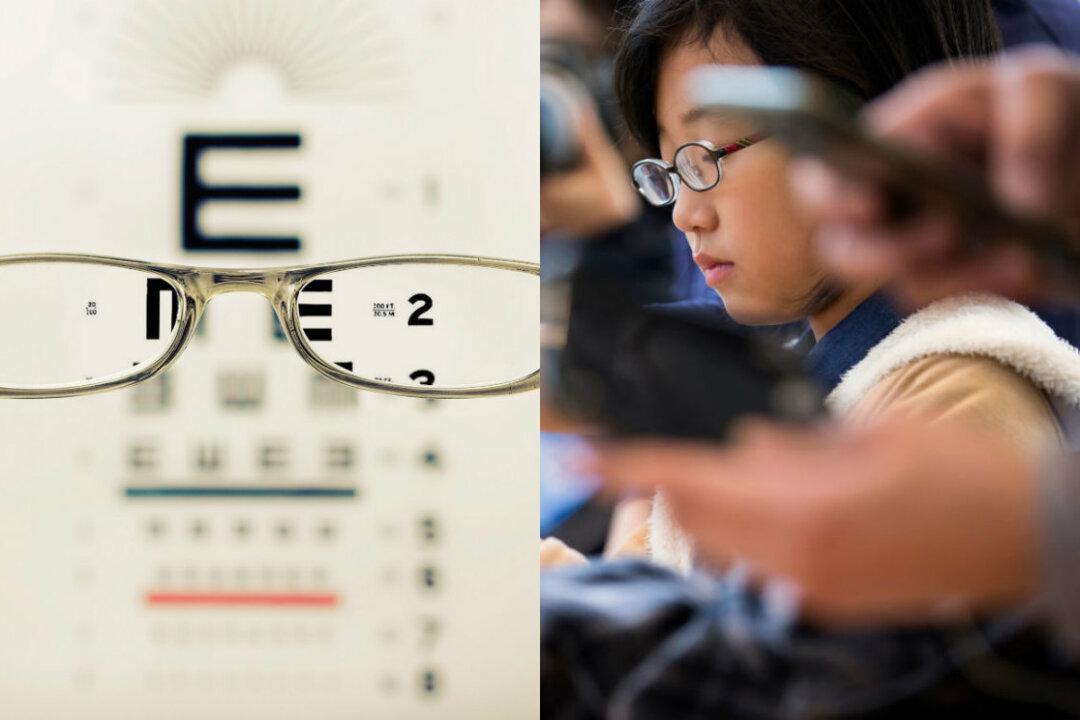The Japanese government is suggesting that smartphones may be to blame for children’s worsening vision after results from a recent national survey revealed that the prevalence of students in certain age groups who had below the standard 20/20 vision had reached all-time highs.
A preliminary report of the School Health Statistics Survey 2018 (pdf) released on Dec. 21 by Japan’s Ministry of Education, Culture, Sports, Science, and Technology, found a record 67.09 percent of high school students (years 10 to 12) and 34.10 percent of elementary school students (years 1 to 6) had an unaided vision that was below the normal 20/20 score.




